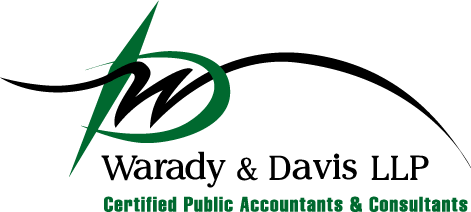Student Loan Forgiveness: Who is Eligible and When Can You Apply?
The application process for Americans seeking student loan forgiveness opened in a beta period on Friday evening, October 14th, allowing applicants to begin signing up before the website is formally unveiled later this month. The website is available at: https://studentaid.gov/debt-relief/application.
Anyone who applies for debt relief in the beta period will receive a confirmation email, but their application will not be processed until the site formally launches, expected at a to-be-announced date before the end of October. Once processing begins, most qualifying borrowers are expected to receive debt relief within 4-6 weeks. Borrowers are advised to apply by roughly November 15th in order to receive relief before the payment pause expires on December 31st.
While some borrowers may automatically see their debt forgiven by the Department of Education without taking any additional steps, most will need to apply for forgiveness. You can choose to be notified when the application officially becomes available by going to the Department of Education subscription page and signing up to receive “Federal Student Loan Borrower Updates,” the first checkbox in a long list of education topics.
Does My Loan Qualify for Forgiveness?
Per the White House, more than 40 million student loan borrowers in the US may benefit from student loan forgiveness. Borrowers must have federally-held student loans to qualify. Qualifying loans include Direct Stafford Loans, all Direct subsidized and unsubsidized federal student loans, Parent Plus and Grad Loans, for example. Private debt is not covered.
Borrowers whose federal student loans are guaranteed by the government but held by private lenders, many of which were made under the former Federal Family Education Loan program and Federal Perkins Loan program, are also currently excluded – unless a borrower applied to consolidate those loans into Direct loans by September 29.
Eligibility Income Thresholds
Individuals who earned less than $125,000 in either 2020 or 2021 and married couples who file a joint tax return with less than $250,000 of combined income in those years are eligible for up to $10,000 of their federal student loan debt forgiven. The income thresholds are based on adjusted gross income.
You may also be eligible for an additional $10,000 in relief if you received federal Pell Grants while enrolled in college, which are typically awarded to lower income households.
Married Couples. Questions surround eligibility for married couples based on their income and tax filing status. Additional guidance is expected.
- For example, let’s say one spouse earns $150,000 but the other spouse makes $60,000. They qualify for forgiveness based on their $210,000 joint income. However, the higher-earning spouse’s income is over the $125,000 individual limit. Does this person qualify for debt relief, in addition to the lower-earning spouse? The answer is yes, according to a White House.
- Another income question may arise for married couples. Let’s say one spouse makes $90,000 and the other earns $170,000. Their joint $260,000 of income exceeds the income cap. But would the lower-earning spouse qualify for forgiveness based on their individual income? As of now, the answer appears to be no.
What if I Already Paid Off My Loan(s)?
The debt forgiveness applies to borrowers with federal student loans disbursed by June 30, 2022. If you made payments on your loans during the payment moratorium (March 13, 2020 to December 31, 2022) you may also apply for a forgiveness. However, if your loans were paid off before the pause went into effect (pre-March 13, 2020), you are not eligible.
Plus, if you made payments on your student loans during the moratorium, you can request a refund from your loan servicer. If you’re not eligible for the student loan forgiveness — or if you’ll still owe money after the debt is canceled — you won’t have to make a payment until January, 2023.
What if My Loans are in Default?
Defaulted loans are also eligible for relief. The administration has also introduced a Fresh Start program that provides a path to good standing for 7.5 million borrowers. Defaulted borrowers who still have a balance after cancellation should consider this program.
Questions?
Please contact your Warady & Davis LLP advisor(s) with your questions at 847-267-9600; info@waradydavis.com.
Legal Notice: The materials communicated in this transmission are for informational purposes only and not for the purpose of providing accounting, legal or investment advice. You should contact your accountant or advisor to obtain advice with respect to any particular issue or problem. Use of and access to this Web site or any of the e-mail links contained within the site do not create an accountant-client relationship between Warady & Davis and the user or browser. You should not act upon any such information without first seeking qualified professional counsel on your specific matter. Any accounting, business or tax advice contained in this communication is not a substitute for a formal opinion, nor is it sufficient to avoid tax-related penalties. If desired, Warady & Davis would be pleased to perform the requisite research and provide you with a detailed written analysis. Such an engagement may be the subject of a separate engagement letter that would define the scope and limits of the desired consultation services. © 2022 All Rights Reserved
